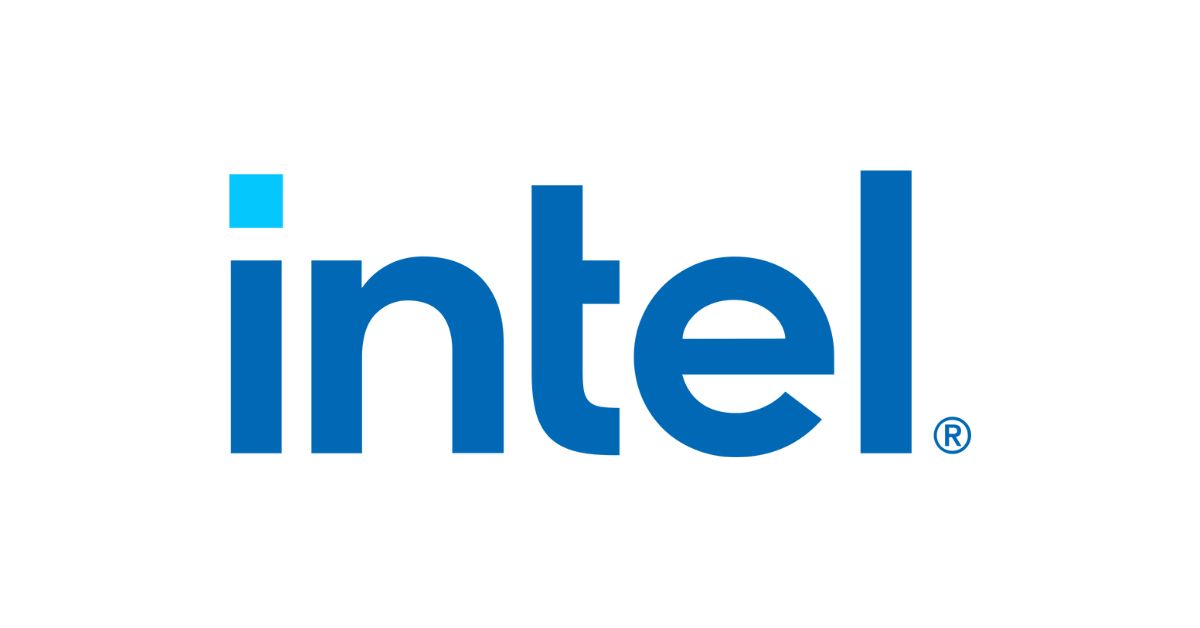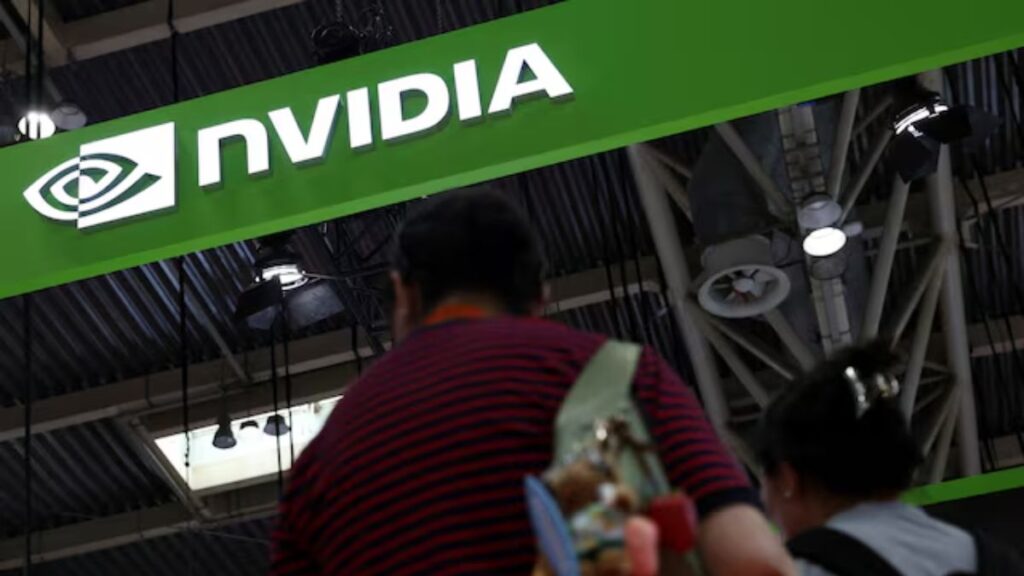In its latest 2024 Product Security Report, Intel threw serious shade at its two biggest competitors, AMD and Nvidia, claiming they have more vulnerabilities than it does. The report focused on Intel’s own security performance and then criticized its rivals for their security weaknesses.
Intel proudly declared that 96% of new vulnerabilities were discovered internally by its research team last year, with 100% of hardware issues found in-house. However, the company didn’t hold back in its criticism of AMD and Nvidia.
According to Intel, AMD has 4.4 times more firmware vulnerabilities in its hardware root-of-trust and 1.8 times more vulnerabilities in its confidential computing technologies compared to Intel.
Additionally, AMD has 78 vulnerabilities listed as “No fix planned,” meaning it has no solutions for them yet. Intel contrasted this with its own performance, saying it has addressed or mitigated all of its hardware root-of-trust vulnerabilities in supported products.
On the GPU front, Intel claimed it had the fewest vulnerabilities, with only 10 reported issues—and just one of them being high severity. On the other hand, Nvidia reported 18 high-severity vulnerabilities in 2024, with 13 of them potentially allowing hackers to execute malicious code.
Intel’s claims of superior security come despite China’s accusations of major flaws in its products back in October 2024. While Intel highlights its internal security efforts, these reports can also be checked against public databases like the National Vulnerability Database for further validation.
In addition to boasting about its own security, Intel seems to be trying to take down its competitors a notch. This comes at a time when AMD has gained ground in the market, increasing its market share by 5.7% in 3Q24—just as Intel dealt with issues related to its 13th and 14th generation CPUs.
Intel may have the largest market share in x86 CPUs, but the security conversation with AMD and Nvidia is heating up. Whether Intel’s claims are entirely accurate or just self-promotion, it’s clear that the security battle in the tech industry is far from over.











